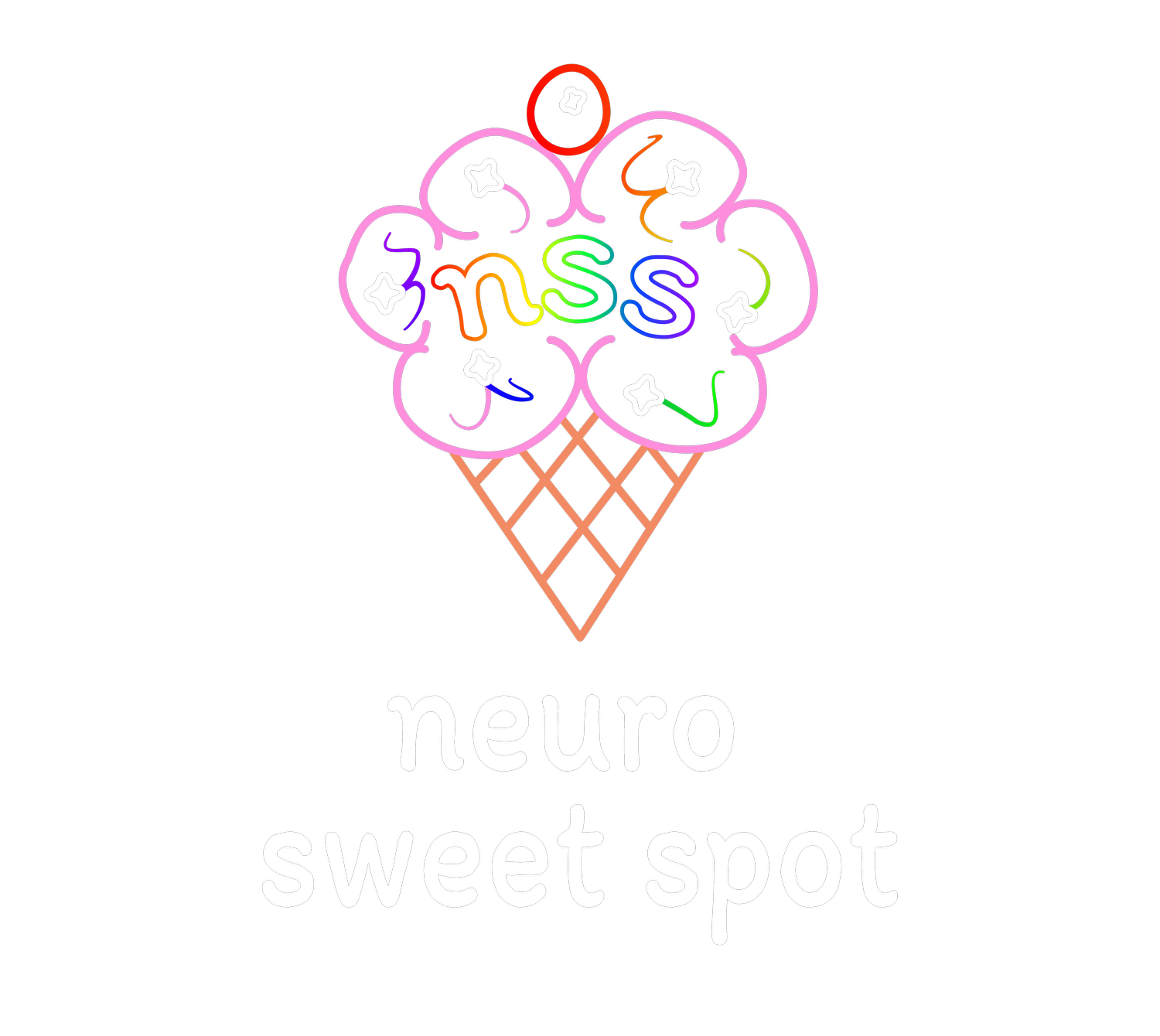
Education and Tangible Resources:
Dive Into Insights and Tips
Discover Your Brain. Discover You.
Clarity brings confidence as you find your Neuro Sweet Spot.
Fight, Flight, Freeze, Fawn: Understanding Your Child’s Emergency Mode
Ever wonder why your child suddenly melts down, shuts down, or avoids certain situations? Their nervous system is working overtime to keep them safe—sometimes from real threats, sometimes from overwhelming stress.
Understanding how their nervous system reacts to stress can help you support them, teach them coping strategies, and create a more regulated, connected environment.
The Body’s Alarm System: How Your Child’s Brain Reacts to Stress
Your child’s Sympathetic Nervous System (SNS) is like an overprotective security guard. When their brain senses danger (real or perceived), it floods their body with adrenaline and cortisol, triggering four automatic survival responses:
🛑 Fight – They get aggressive, irritable, or defiant.
🛑 Flight – They try to escape, run away, or avoid the situation.
🛑 Freeze – They shut down, stare blankly, or can’t respond.
🛑 Fawn – They people-please, trying to stay safe by keeping others happy.
These are NOT conscious choices. They are automatic survival mechanisms designed to protect your child from stress or danger—even if that “danger” is just a tough school day, an overwhelming environment, or a sudden transition.
When Your Child’s Alarm Won’t Turn Off
The problem? Your child’s brain can’t tell the difference between a true emergency and a frustrating situation.
Their nervous system reacts the same way to:
🐻 A bear charging at them (real danger)
📚 A difficult math problem (perceived danger)
If they are constantly overstimulated, anxious, or in a high-stress environment, their SNS gets stuck ON, leading to:
🔹 Frequent meltdowns or shutdowns
🔹 Anxiety, avoidance, or difficulty focusing
🔹 Trouble sleeping or digestive issues
🔹 Emotional exhaustion or outbursts
Neurodivergent children are often even more sensitive to stressors, meaning they get thrown into survival mode more easily and more often.
So how do we help their nervous system reset?
The Reset Button: Helping Your Child Feel Safe Again
Their Parasympathetic Nervous System (PNS) is the built-in recovery system that helps them calm down, process emotions, and return to a balanced state.
🌱 When their PNS is activated, their body shifts from stress mode to rest mode:
✅ Heart rate slows down
✅ Breathing deepens
✅ Digestion improves
✅ Brain shifts from panic to problem-solving
🧠 The vagus nerve is the key player here—it’s the body’s “off switch” for stress. But kids can’t flip the switch alone. They need co-regulation from a calm, connected adult.
How to Help Your Child Regulate Their Nervous System
Your child’s nervous system listens to their body more than their thoughts. That means logic (“Just calm down”) won’t work until their body feels safe again.
Here’s how you can help manually flip the switch from stress to regulation:
Vagus Nerve Triggers (Quick Calming Tools for Kids)
✅ Belly Breathing – Have them breathe in through their nose for 4, hold for 4, and breathe out for 8. The long exhale signals safety.
✅ Humming or Singing – The vibrations activate the vagus nerve (great for kids who love music).
✅ Cold Water Splash – Running cold water over their hands or face helps reset their system.
✅ Chewing or Sucking on Something – Crunchy snacks or sucking on a straw can engage the vagus nerve.
✅ Slow, Gentle Rocking – Rhythmic movement mimics being soothed and can help them feel safe.
Daily Practices to Strengthen Your Child’s Ability to Self-Regulate
Building a strong nervous system isn’t just about calming down in the moment—it’s about teaching their brain how to feel safe more often.
Here are simple ways to help them develop a more balanced stress response:
🌍 Grounding Exercises – Encourage them to touch textured objects, focus on their feet, or walk barefoot.
🧘 Body Scanning – Help them check in with their body, noticing where they feel tension.
🍎 Slow, Mindful Eating – Eating slowly signals safety to their nervous system.
😂 Laughter & Social Connection – Playing, joking, and bonding with trusted people releases feel-good chemicals that naturally regulate stress.
Understanding Your Child’s Brain Development & Stress Response
Did you know your child’s prefrontal cortex (PFC)—the brain’s control center for logic, emotion regulation, and impulse control—isn’t fully developed until their mid-20s?
That means:
🧠 Young children and teens experience emotions more intensely because they lack the brain structures to regulate them fully.
🧠 Their nervous system overreacts more often—which is why they may seem “dramatic” or “overwhelmed by little things.”
🧠 The good news: With practice, their nervous system can learn to handle stress more effectively—but they need co-regulation first before they can self-regulate.
🚨 If your child is in survival mode, they need to borrow your calm before they can access their own.
Final Thought: Your Child’s Nervous System Is Trainable
If your child seems stuck in fight, flight, freeze, or fawn, it’s not their fault—it’s their body trying to protect them.
But the more you help them:
✅ Recognize their stress responses
✅ Use simple body-based calming tools
✅ Feel safe enough to co-regulate with you
…the more their nervous system will learn that the world is safe enough to come back down.
It’s not about never feeling stress—it’s about helping their body remember that it’s safe to relax again. 💙🌱
By understanding how your child’s nervous system works, you can support them in ways that actually help—creating a home where they feel safe, understood, and equipped to handle life’s challenges.

